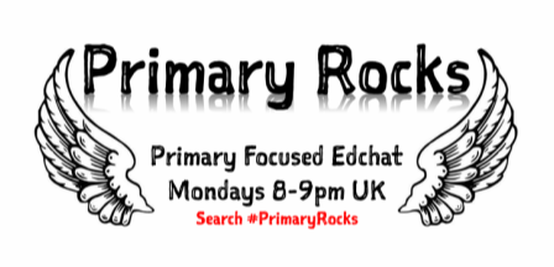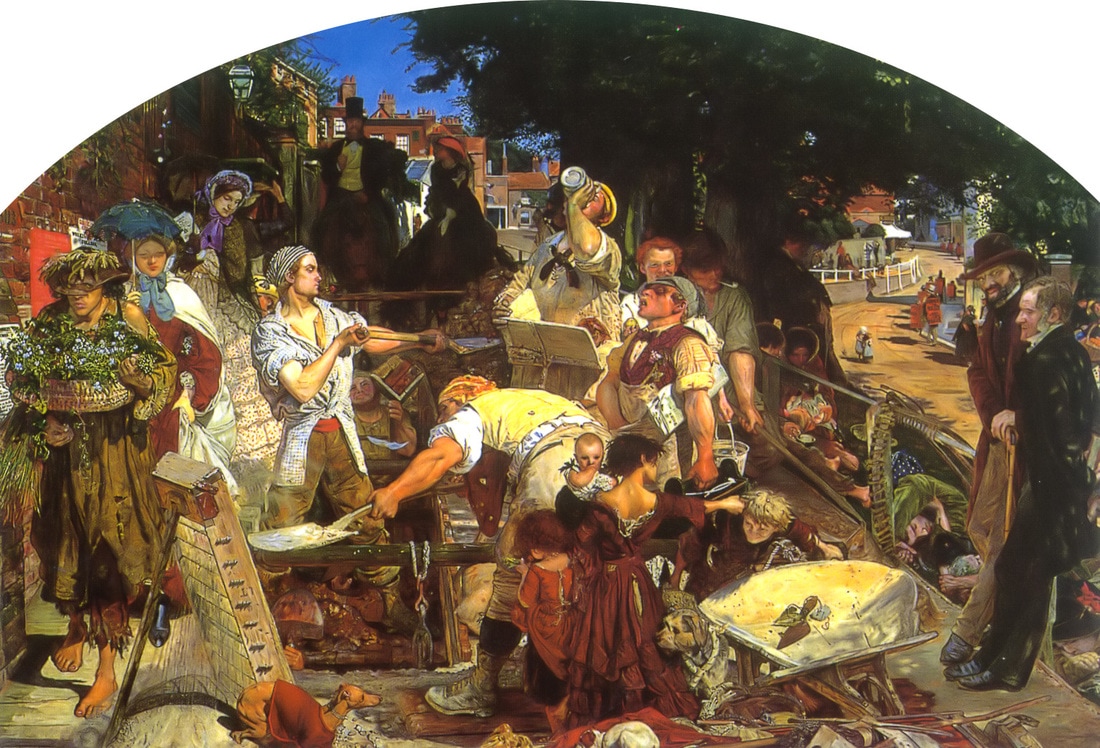|
Work was painted by Ford Madox Brown between 1852 and 1865 and is a great painting to use as part of a project on the Victorians.
What could you do with it:
These are only 5 simple ideas that could extend out. There is a half terms worth of work which could be done centred around this painting and there are so many paintings which offer similar opportunities. So lets get art and paintings back into our classrooms. Sophie Merrill @MissSMerrill
3 Comments
Managing behaviour is more than crowd control and the term behaviour management almost suggests managing/controlling those ‘key characters’ that we have all met throughout our careers. Those kids that see you as you walk through the door keen and eager to make an impact on your new class; meanwhile they are just thinking – yay, fresh meat!
For me behaviour management isn’t about what you do when Bobby decides to kick off because someone looked at him, or how you calm Stacey down from the endless arguments she has been having with the other children in the year group. It’s about setting out your stall. Setting up an environment that allows all children to be safe and flourish in their learning. So what is my advice? 1. Be consistent – follow through with what you say. If you say the children will stay in at break if work is not completed – do it! The moment the children see a chink in the armour that’s it – you are done for! 2. Know your children. Know what makes them tick. Set up the classroom to avoid issues where consequences are needed. If you know that Ahmed and Tom are best mates and make each other giddy as kippers, sitting them together is probably a bad idea. Think about having carpet places and arrange your seating plan so that certain children are not in eye line of each other. Also think who needs to be at the back – no one to turn around and distract. 3. Make children invested in the classroom and learning. Think about rewards that they will want to earn. First of all, tap into what they want to learn. Make them so interested in the theme/ topic they are working on that being off task won’t be an issue. Secondly think about what your children will want as a reward. I heard Sue Cowley speak about this at Northern Rocks last year and she is spot on. Not every child will want a reward of going out for basketball or lego time. Don’t force what you want/think is easy to facilitate. 4. Never underestimate the power of a phone call or text message home. They can mean the world.Parent power is the best tool in a teacher’s kit. If you have a good relationship with the parents you have already won half the battle. 5. Surprise rewards. Treating them when they don’t expect it. Not as a carrot but just because. It shows you care. I have done this many times. I know this goes against the healthy schools thing but one of my favourite things to do involve a pack of custard creams. The children would be working away and I would out of the blue offer a biscuit to each child totally at random. Who doesn’t love a custard cream?! 6. Use humour to defuse situations – this is invaluable especially in year 6. Never underestimate the power of banter. Again – this ties in to knowing your children. Sometimes a joke or a quiet word will get a child back on track far more effectively that the hair dryer treatment. 7. Have high expectations – don’t lower them. Set things in place when expectations are or are not met. Don’t be afraid to show you mean business. If the children are not producing enough work/complete work to standard, hold them accountable - whether it’s a chat with parents or keeping them in to rectify this. 8. Change systems if needed. Don’t set children up to fail. Make the system fit the child not the child fit the system. Don’t be afraid to set up individualised plans for those children that the system doesn’t work for. There might be any number of reasons for this but by continuing to make them fit the system we are setting them up to fail. Think about smart simple achievable targets. Involving the child in this is key. They have to understand how they can correct their behaviour and should be involved in choosing their incentive for doing so. This will also need reviewing on regular occasions. 9. Don’t squash big personalities Get them to work with you rather than against. I must admit I am one of those teachers that love a big personality; they often bring humour and those magic moments to the classroom that you remember for the rest of your career. Go with the personality rather than try to stifle it. 10. Quiet reading/guided reading straight after lunch defuses lunchtime issues.We all know that you can have a lovely calm focused class out for lunch and then pick up a class that are swinging from the light fittings after an hour running around outside, arguing over who fouled who in football or whose turn it is to play hockey and that’s before we have even mentioned the year 6 constant falling out and bickering that goes on. Setting up guided reading as soon as they come in defuses any lunch time issues. It calms things down and resets the tone for learning. I am aware that this may have an element of teaching some to suck eggs. I am also aware that how you manage your classroom is very personal and not everyone will agree with my approach. Let’s also not forget, what works for one teacher might not work for another. This is more me expanding on some of my tweets last night and being reflective on my own practice, after all if we don’t do this how do we grow professionally? Which is why chats like #PrimaryRocks are so great. They build communities. Communities where we can share, reflect and discuss everyday efforts in our classrooms. Sophie Merrill @MissSMerrill |
Primary RocksThe primary focused edchat - Mondays 8-9pm UK time Archives
April 2017
Categories
All
|



 RSS Feed
RSS Feed